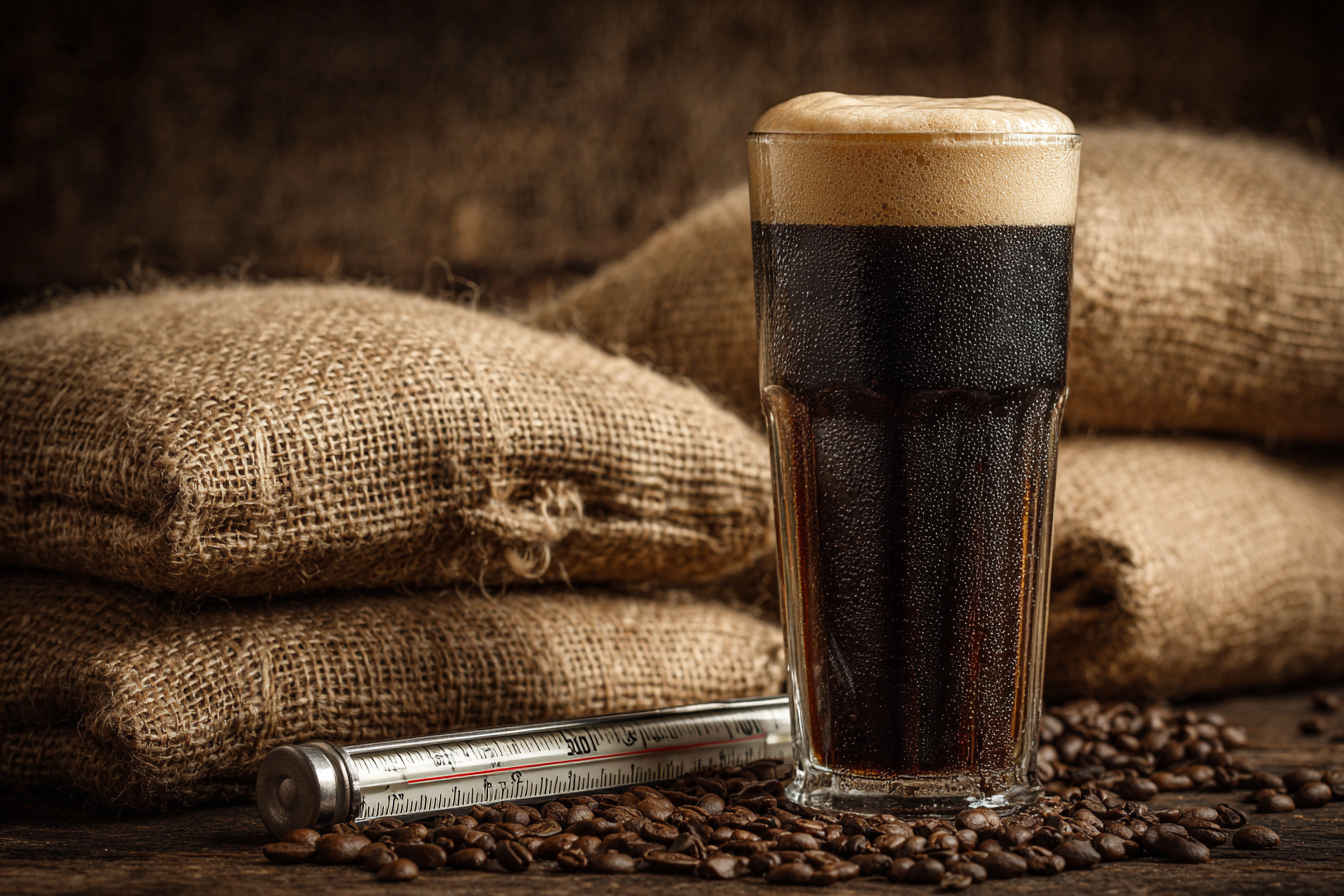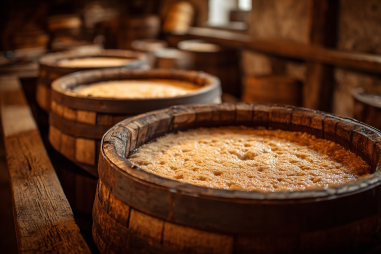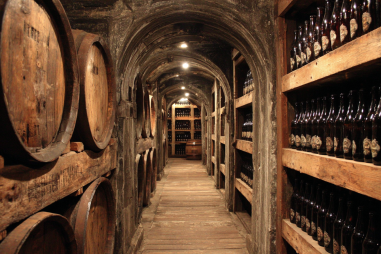Baltic Porter is a robust and complex beer style that stands out for its distinctive character and notably higher alcohol content compared to many other porters. Originating from the Baltic region, this style has gained popularity worldwide, especially among those who appreciate a richer, fuller-bodied beer with warming qualities. The alcohol content not only defines its strength but plays a critical role in shaping the flavor profile and overall drinking experience. In this article, we’ll explore the typical alcohol content of Baltic Porters, how it influences taste and mouthfeel, the brewing techniques used to achieve these alcohol levels, and how this style compares to other porters. We’ll also touch on responsible drinking guidelines to help you enjoy Baltic Porters safely and fully.
Typical Alcohol Content Range in Baltic Porter
Baltic Porters are known for their elevated alcohol content, which typically ranges from about 7.5% to 9.5% ABV (alcohol by volume). Some versions can even go higher, reaching up to 10% or more depending on the brewery’s recipe and desired intensity. This is significantly higher than many traditional English or American porters, which usually fall between 4% and 6.5% ABV.
The reason for this stronger alcohol content stems from the style’s historical roots. Baltic Porters were originally brewed in countries like Poland, Lithuania, and Russia where colder climates called for a beer that could provide more warmth and sustenance. The higher ABV contributes not only warmth but also a greater perception of fullness and richness on the palate. This makes the Baltic Porter a favorite during colder months or in regions where a hearty, warming beer is appreciated.
How ABV Influences Taste and Mouthfeel
The alcohol level in any beer, including Baltic Porters, has a noticeable impact on its taste, aroma, and mouthfeel. Higher ABV beers tend to have a fuller body and a richer mouthfeel, which makes Baltic Porters feel velvety and smooth as you drink them.
From a flavor perspective, the elevated alcohol content brings a warming sensation that can be quite comforting. It also tends to emphasize sweeter notes like caramel, toffee, and dark fruits such as plum and raisins. You’ll often notice that the alcohol warmth blends seamlessly with the roasted malt flavors, creating a balanced yet complex profile. This balance prevents the alcohol from feeling harsh or overpowering despite its strength.
Alcohol also affects how the beer interacts with your palate. It can heighten the perception of sweetness and bitterness, enhancing the layered character that Baltic Porters are known for. The higher alcohol can also contribute subtle esters and phenols, which may introduce hints of spice, vanilla, or even chocolate-like notes depending on the yeast strain used.
Brewing Techniques to Achieve Desired Alcohol Levels
Producing a Baltic Porter with a higher ABV requires specific brewing techniques designed to maximize fermentable sugars and promote efficient alcohol production without compromising flavor quality.
- Malt Selection: Brewers typically use a larger quantity of malt and a mix of base malts plus specialty malts like chocolate malt, caramel malt, and Munich malt. These contribute fermentable sugars and deepen the flavor complexity.
- Yeast Choice: Traditional Baltic Porters often utilize lager yeast strains because this style is usually cold-fermented, which helps keep the beer smooth and clean while still allowing for higher alcohol tolerance. Some brewers may blend ale and lager yeast to achieve a desired hybrid character.
- Extended Mash Times: To extract maximum fermentable sugars, brewers may mash at specific temperatures or for longer durations. This helps increase the beer’s original gravity, providing more fuel for the yeast to generate alcohol.
- Controlled Fermentation: Fermenting at lower temperatures typical for lagers ensures that the yeast works steadily without producing unwanted off-flavors. It also allows for a longer fermentation period, which benefits both alcohol production and flavor maturation.
- Aging: Baltic Porters are often aged for weeks or even months in tanks to mellow out the alcohol and develop a rounded, integrated flavor profile. This aging smooths any harsh alcohol notes and enhances complexity.
Comparing Alcohol Strength with Other Porter Styles
Porters as a whole vary widely in alcohol content depending on their style and brewing tradition. Here’s how Baltic Porters stack up:
- English Porter: Usually lighter in body and lower in ABV, typically around 4-5.5%. These are more sessionable and focus on roasted malt and chocolate flavors without the alcohol intensity.
- American Porter: Generally moderate in ABV, ranging from 5-7%. They often have more hop character and a stronger emphasis on roasted bitterness than traditional British porters.
- Baltic Porter: Heavier, richer, and warmer with an ABV of 7.5% to 9.5% or more. The alcohol presence is a defining characteristic, creating a fuller and more indulgent experience.
- Imperial Porter: Similar in strength to Baltic Porters, often ranging from 7.5%-10%. However, imperial porters may be more hop-forward or stylistically different depending on the brewery.
In summary, Baltic Porters are among the strongest traditional porter styles, offering notable warmth and body that set them apart from their English and American cousins.
Drinking Responsibly: Guidelines and Effects
While the higher alcohol content in Baltic Porters contributes to their charm and complexity, it also means that drinking them calls for a bit more mindfulness. Here are some tips and guidelines for drinking responsibly:
- Pace Yourself: Baltic Porters aren’t meant to be consumed quickly like lighter beers. Sipping slowly allows you to appreciate the depth of flavor without overwhelming your system.
- Mind the ABV: Since these beers can pack almost double the alcohol of a standard lager, keep portion sizes moderate to avoid intoxication.
- Food Pairings: Enjoy Baltic Porters with rich foods such as stews, roasted meats, or dark chocolate desserts. Eating while you drink slows alcohol absorption and enhances the tasting experience.
- Stay Hydrated: Drink water between servings to stay hydrated and help balance alcohol effects.
- Know Your Limits: Everyone processes alcohol differently. Pay attention to how you feel and stop drinking if you notice signs of impairment.
Balancing enjoyment with responsibility ensures that the rich flavors and warming qualities of Baltic Porter enhance your experience rather than detract from your wellbeing.
Finding Harmony Between Alcohol and Flavor in Baltic Porter
Baltic Porter offers a distinctive beer experience centered around its high alcohol content and layered flavor complexity. The style’s characteristic warmth and full body come from the elevated ABV, which is carefully crafted through precise brewing methods and thoughtful ingredient selection.
Drinking Baltic Porter means savoring a beer that is as comforting as it is flavorful. Its higher alcohol content not only adds to the mouthfeel and taste profile but also invites slower, more mindful drinking. Whether you enjoy it on a cold evening or paired with rich dishes, understanding the role alcohol plays in Baltic Porter enriches your appreciation of this storied beer style.
Ultimately, the balance between alcohol strength and rich malt flavors is what makes Baltic Porter truly special, offering a satisfying brew that appeals to both seasoned beer lovers and those new to robust beer styles alike.







